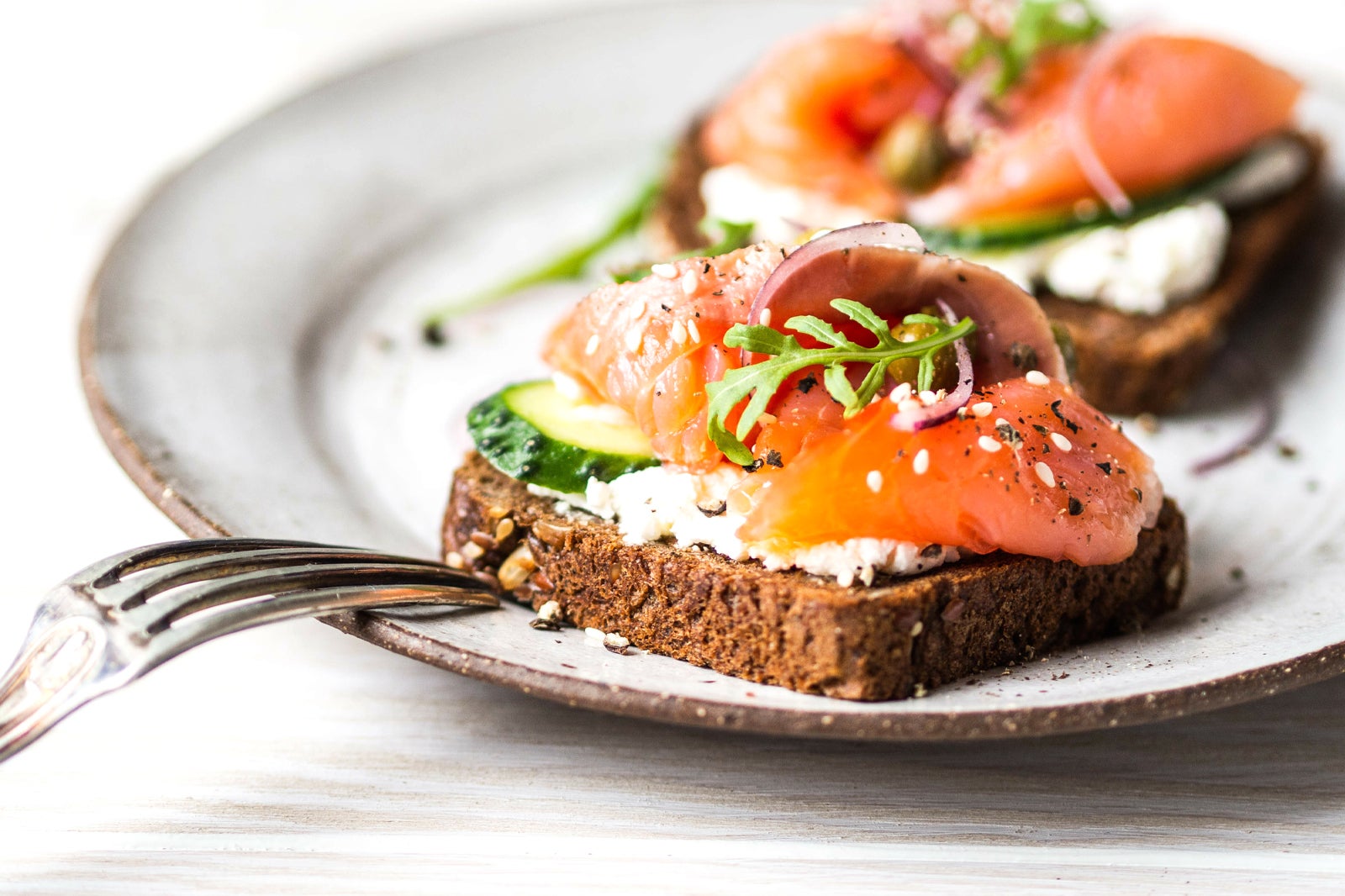Introduction: Exploring dining customs in Norway
Norway, a country of stunning natural beauty, is known for its rich culture and traditions. Among those traditions is the Norwegian dining customs, which are unique and distinct from other cultures. Understanding these customs is important for visitors to Norway, as it can greatly enhance their dining experience.
Norwegian cuisine has evolved over the years, influenced by the country’s geography and climate, as well as its history and culture. This article will explore some of the unique dining customs and etiquette in Norway, as well as traditional foods and drinking traditions.
Table manners: What to know before you dine in Norway
Norwegians take pride in their table manners and expect guests to do the same. When dining in Norway, it is important to arrive on time for meals, as punctuality is highly valued. It is also customary to wait for the host to start eating before beginning to eat yourself.
Diners are expected to use utensils, and not to eat with their hands. In formal settings, the fork is held in the left hand and the knife in the right. When finished with a meal, it is polite to place the utensils parallel on the plate, with the fork tines facing down. Additionally, it is considered rude to talk with food in your mouth or to slurp soup or drinks.
Traditional foods: What to expect on a Norwegian menu
Traditional Norwegian cuisine is heavily influenced by seafood, as well as meats such as reindeer and lamb. One of the most popular Norwegian dishes is called “lutefisk,” which is a type of dried cod that has been soaked in water and lye. Other traditional dishes include “fårikål,” a stew made with lamb, cabbage, and potatoes, and “rakfisk,” a type of fermented fish.
Norwegians also enjoy bread and cheese as a staple part of their diet. The most common type of bread is called “flatbrød,” which is a thin, crispy bread. Cheese is often served alongside bread, with some popular varieties including “brunost,” a sweet brown cheese, and “geitost,” a goat cheese.
Drinking traditions: Alcohol and non-alcoholic beverages
In Norway, it is common to have water or milk with meals, and it is considered impolite to decline an offer of either. When it comes to alcoholic beverages, Norwegians enjoy beer, wine, and aquavit, a strong spirit flavored with herbs and spices. It is also common to have a shot of aquavit as a digestive after dinner.
It is worth noting that alcohol is heavily taxed in Norway, making it one of the most expensive countries in the world to buy alcohol. As a result, Norwegians tend to drink less alcohol than other cultures.
Tipping etiquette: Do you need to tip in Norway?
Tipping is not expected in Norway, as service charges are typically included in the price of meals. However, it is becoming more common to leave a small tip for exceptional service, especially in larger cities.
When it comes to paying for meals, it is also worth noting that it is common to split the bill evenly among all diners, rather than paying individually.
Conclusion: Understanding Norwegian dining customs
Norwegian dining customs are unique and reflect the country’s history and culture. Visitors to Norway can enhance their dining experience by understanding these customs, such as punctuality, proper table manners, and traditional foods and beverages.
While tipping is not expected, leaving a small tip for exceptional service is becoming more common. Overall, embracing Norwegian dining customs can make for a more enjoyable and authentic experience in this beautiful country.

